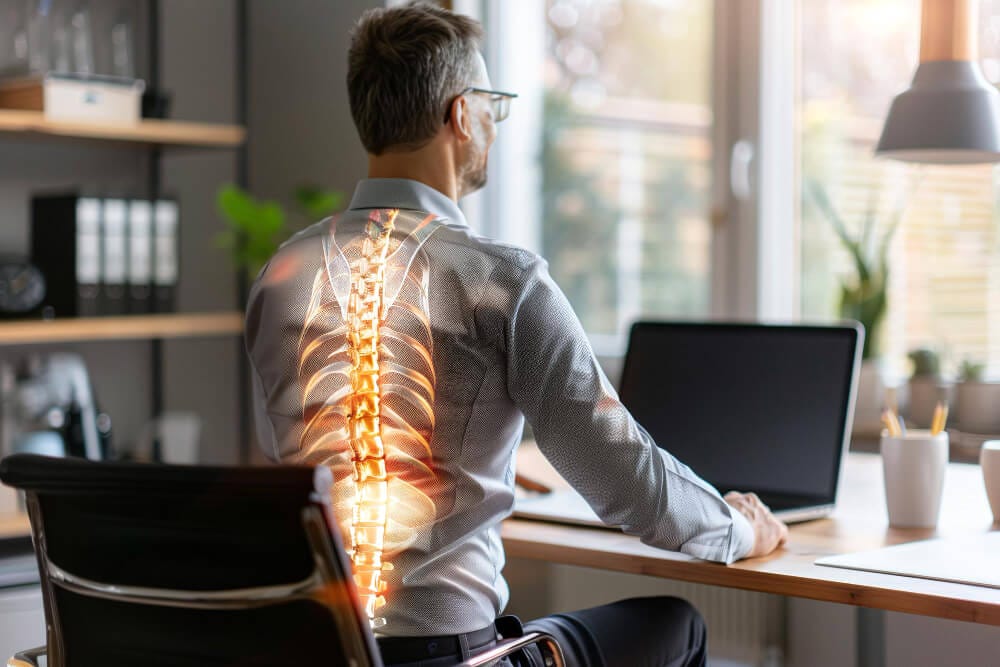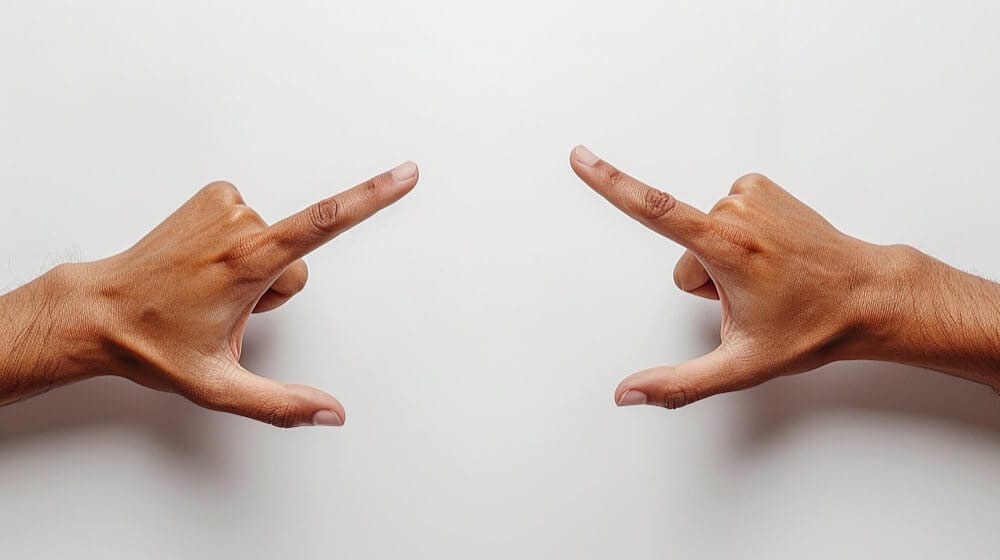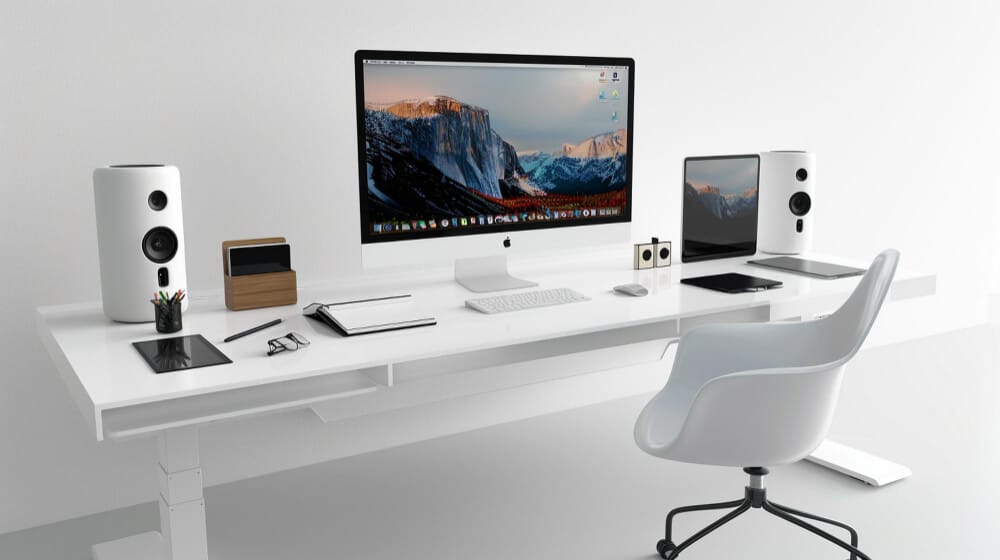In the fast-paced world of forex trading, it’s easy to get caught up in the excitement and forget about the importance of maintaining good ergonomic practices. Spending hours in front of multiple screens, making split-second decisions, and constantly analyzing market trends can take a toll on your body if you’re not careful. This blog post will delve into the best ergonomic practices that forex traders can adopt to ensure they maintain their health and efficiency while trading.
Introduction
Forex trading can be an exhilarating profession, but it comes with its own set of challenges. One often overlooked aspect is the physical strain that comes from sitting for long periods, staring at screens, and using repetitive movements. Adopting proper ergonomic practices can not only help prevent injuries but also improve your overall productivity and trading performance.

Importance of Ergonomics in Forex Trading
Why Ergonomics Matter
Ergonomics is the science of designing a workspace that fits the user’s needs, thereby preventing discomfort and injury. For forex traders, who often spend long hours glued to their screens, ergonomic practices are crucial. Poor ergonomics can lead to a host of problems, including back pain, eye strain, and repetitive strain injuries (RSIs).
Impact on Trading Performance
When you’re uncomfortable or in pain, your focus and decision-making abilities suffer. This can lead to costly mistakes in your trading. By creating an ergonomic workspace, you can ensure that your physical fitness health does not interfere with your trading performance.
Setting Up an Ergonomic Workspace
Choosing the Right Chair
Importance of a Good Chair
Your chair is arguably the most important piece of furniture in your trading setup. A good ergonomic chair provides support to your lower back, promotes good posture, and reduces the risk of back pain.

Features to Look For
When choosing a chair, look for one with adjustable height, lumbar support, and a reclining feature. The chair should allow your feet to rest flat on the floor and your knees to be at a 90-degree angle.
Desk Height and Arrangement
Optimal Desk Height
Your desk should be at a height that allows your forearms to be parallel to the floor when typing. This reduces the strain on your shoulders and arms. An adjustable desk can be a great investment as it allows you to switch between sitting and standing positions.
Organizing Your Desk
Keep your desk organized to avoid clutter, which can be a source of stress. Place frequently used items within easy reach to minimize the need for repetitive movements. A clean and organized desk can help you stay focused and efficient.
Monitor Placement
Proper Monitor Height
Your monitor should be at eye level, so you don’t have to tilt your head up or down to see the screen. This helps prevent neck strain. The top of the screen should be at or slightly below eye level.
Distance from Eyes
The monitor should be about an arm’s length away from your eyes. This reduces the risk of eye strain and helps you maintain a good posture.

Keyboard and Mouse Setup
Keyboard Position
Ergonomic Keyboard
An ergonomic keyboard can help reduce the strain on your wrists and hands. These keyboards are designed to keep your hands in a more natural position while typing.
Placement
Your keyboard should be placed directly in front of you, with your elbows at a 90-degree angle. This helps prevent strain on your shoulders and wrists.
Mouse Usage
Ergonomic Mouse
An ergonomic mouse can help reduce the risk of repetitive strain injuries. These mice are designed to fit the natural shape of your hand, reducing the strain on your wrist.
Proper Mouse Position
Keep your mouse close to your keyboard to avoid overreaching. Use a mouse pad with wrist support to reduce the strain on your wrist.

Maintaining Good Posture
Sitting Posture
Neutral Spine Position
Your spine should be in a neutral position, with your ears, shoulders, and hips aligned. Avoid slouching or leaning forward, as this can lead to back pain.
Feet Position
Your feet should rest flat on the floor, with your knees at a 90-degree angle. If your feet don’t reach the floor, use a footrest to maintain the proper posture.
Standing Posture
Alternating Between Sitting and Standing
Standing desks are becoming increasingly popular, and for good reason. Alternating between sitting and standing can help reduce the risk of back pain and other musculoskeletal issues.
Proper Standing Posture
When standing, keep your weight evenly distributed on both feet. Avoid locking your knees, as this can lead to discomfort and fatigue.

Taking Regular Breaks
Importance of Breaks
Taking regular breaks is crucial for maintaining your physical and mental health. Breaks help reduce the risk of musculoskeletal problems and eye strain, and they also improve your focus and productivity.
Types of Breaks
Microbreaks
Take short breaks of 1-2 minutes every 20-30 minutes. Use these breaks to stretch, walk around, or simply look away from your screen.
Longer Breaks
Take a longer break of 15-20 minutes every 2 hours. Use this time to move around, do some light exercises, or relax.
Exercises and Stretches for Forex Traders
Eye Exercises
20-20-20 Rule
To reduce eye strain, follow the 20-20-20 rule: Every 20 minutes, look at something 20 feet away for at least 20 seconds. This helps relax the eye muscles and prevent eye strain.
Blinking Exercises
When you’re focused on your screen, you tend to blink less, which can lead to dry eyes. Make a conscious effort to blink more often to keep your eyes moist.

Stretching Exercises
Neck and Shoulder Stretches
Regularly stretching your neck and shoulders can help prevent stiffness and pain. Try neck rotations, shoulder shrugs, and arm stretches.
Back Stretches
Stretching your back can help prevent back pain. Try seated spinal twists, cat-cow stretches, and standing backbends.
Hand and Wrist Exercises
Finger Stretches
Stretching your fingers can help prevent repetitive strain injuries. Try finger flexes and extensions, as well as hand squeezes using a stress ball.
Wrist Stretches
Stretching your wrists can help reduce the risk of carpal tunnel syndrome. Try wrist flexor and extensor stretches, as well as wrist rotations.
Ergonomic Accessories
Footrests
Benefits of Footrests
A footrest can help maintain proper posture by providing support to your feet. It can also reduce the strain on your lower back and legs.
Choosing a Footrest
Look for a footrest that is adjustable and has a non-slip surface. This ensures that you can find the most comfortable position for your feet.

Monitor Stands
Benefits of Monitor Stands
A monitor stand can help elevate your screen to eye level, reducing the strain on your neck. It also provides additional storage space under the monitor.
Choosing a Monitor Stand
Look for a monitor stand that is sturdy and adjustable. This allows you to find the perfect height for your monitor.
Wrist Rests
Benefits of Wrist Rests
A wrist rest can help reduce the strain on your wrists while typing or using a mouse. It provides support and keeps your wrists in a neutral position.
Choosing a Wrist Rest
Look for a wrist rest that is soft and supportive. It should be the same height as your keyboard or mouse to provide proper support.
Creating a Healthy Work Environment
Lighting
Natural Lighting
Natural lighting is the best option for your workspace. It reduces the risk of eye strain and improves your mood and productivity.
Artificial Lighting
If natural lighting is not an option, use artificial lighting that mimics natural light. Avoid harsh or dim lighting, as this can lead to eye strain.
Air Quality
Ventilation
Good ventilation is crucial for maintaining a healthy workspace. Ensure that your workspace is well-ventilated to reduce the risk of headaches and fatigue.

Air Purifiers
An air purifier can help improve the air quality in your workspace. It removes dust, allergens, and other pollutants, creating a healthier environment.
Conclusion
Incorporating ergonomic practices into your forex trading routine is essential for maintaining your health and productivity. By setting up an ergonomic workspace, maintaining good posture, taking regular breaks, and using ergonomic accessories, you can reduce the risk of injuries and improve your trading performance. Remember, your health is your most valuable asset, so invest in it wisely.
FAQs
1. What is the best chair for forex traders?
An ergonomic chair with adjustable height, lumbar support, and a reclining feature is the best choice for forex traders. It helps maintain proper posture and reduces the risk of back pain.
2. How often should I take breaks while trading?
Take short breaks of 1-2 minutes every 20-30 minutes and longer breaks of 15-20 minutes every 2 hours. This helps reduce the risk of musculoskeletal problems and eye strain.
3. What is the 20-20-20 rule?
The 20-20-20 rule helps reduce eye strain. Every 20 minutes, look at something 20 feet away for at least 20 seconds.
4. Can I use a standing desk for trading?
Yes, a standing desk can be beneficial. Alternating between sitting and standing helps reduce the risk of back pain and other musculoskeletal issues.
5. What are the benefits of using an ergonomic mouse?
An ergonomic mouse reduces the risk of repetitive strain injuries by keeping your hand in a more natural position. It also reduces the strain on your wrist.
